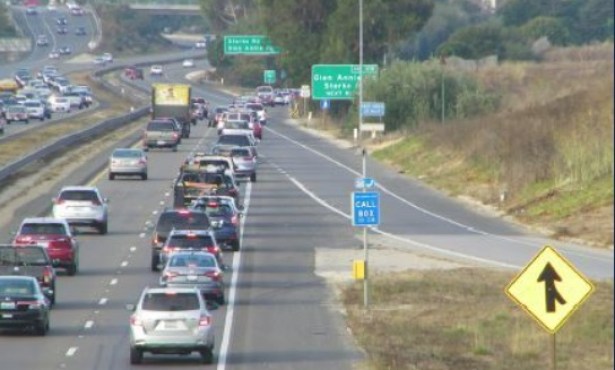Santa Barbara County Housing Element Stumbles to Finish Line
Board of Supervisors Adopt Housing Plan in 3-2 Vote, County Will Submit Draft to State for Final Approval

Getting the Santa Barbara County Housing Element Update completed has been a massive undertaking, with thousands of pages of reports, hundreds of hours of discussions, and countless tweaks to get everything up to the state’s stricter-than-ever standards.
Now that the 2023-2031 Housing Element is done and ready to send to the state for final approval, the county may soon be free from the threat of “builder’s remedy” projects, which essentially allowed developers a free pass through the review system.
But the county had to make a lot of tough decisions along the way. From the start, the sheer numbers were alarming. In the last Housing Element cycle, from 2015 to 2023, the state’s Regional Housing Needs Allocation (RHNA) was 661 units for the unincorporated areas of the county. This cycle, it increased nearly tenfold to 5,664 units.
In the past, the county could also meet its housing quota by sticking large swaths of units in one area. As Supervisor Bob Nelson pointed out, “For the last 15 years, Orcutt has had 100 percent of the county’s RHNA numbers.”
This time around, the allocation was divided up into smaller sections, which each area expected to account for its own portion of the pie with 1,522 units in North County and 4,142 units on the South Coast. County planning staff spent the first few months scouring the region for sites, looking for parcels that could feasibly be rezoned for housing. After heated debates, the county finally had a list of potential sites that would allow the Board of Supervisors to choose which would actually be rezoned in early 2024.
But not all of the supervisors were on board with the plan. At Tuesday’s board meeting, supervisors Nelson and Laura Capps raised their final concerns with the plan.
Nelson said that he was “frustrated with the process,” and that the plan was “not vetted” and had too much policy for him to support.
Capps was more direct with her criticism, raising questions over the county’s plan to place more than 75 percent of its proposed rezones in the Eastern Goleta Valley, which she said “could potentially turn hundreds of acres of Goleta valley agriculture” into as much as 3,500 units of housing within a three-mile radius.
“I am enthusiastically supportive of more affordable housing but believe that it should not be concentrated in one tiny area of our county,” Capps said. She applauded the work of county planning staff but said she felt like her “hands were tied,” as the decision to use agricultural sites was made before she was a boardmember. She said, “What we are voting on today is a plan that I cannot stand behind.”
Despite the opposition, the Housing Element Update was adopted in a 3-2 vote, with Nelson and Capps opposed, and the county will now send the draft to the state.
“The hard part is coming in the spring,” said Supervisor Steve Lavagnino, “and that’s when we start identifying all these rezones, and it’s gonna be a battle.”



